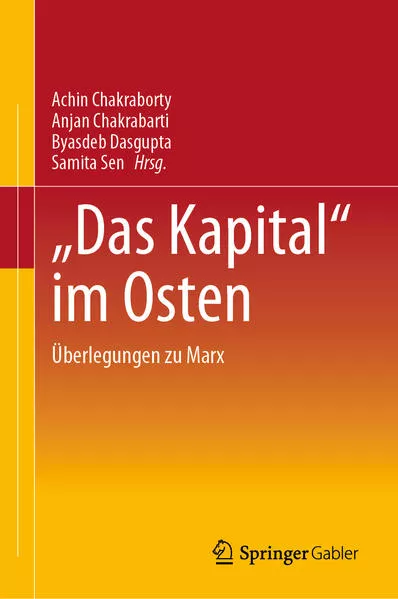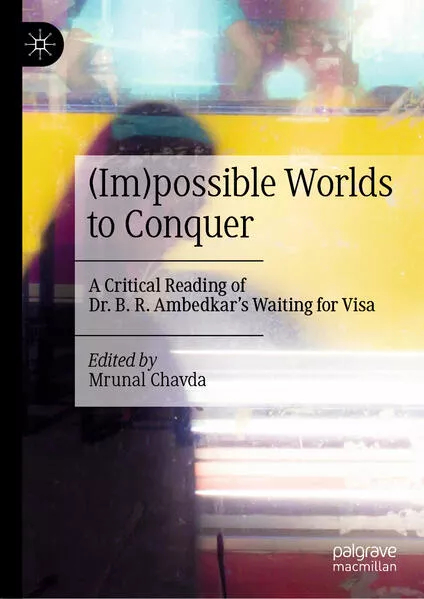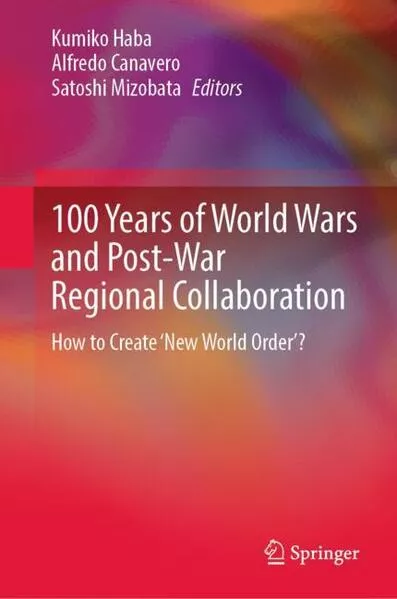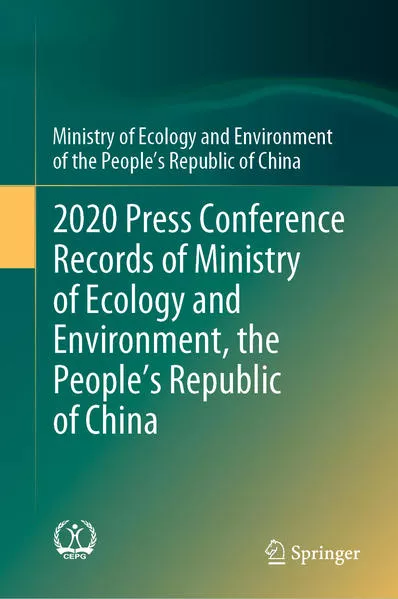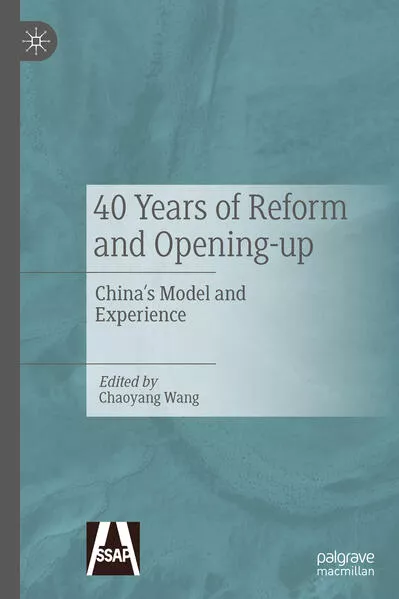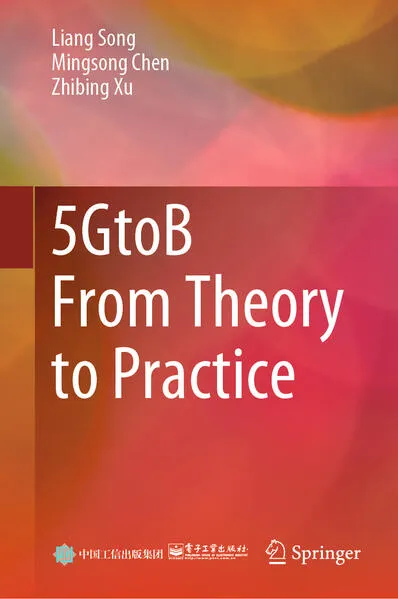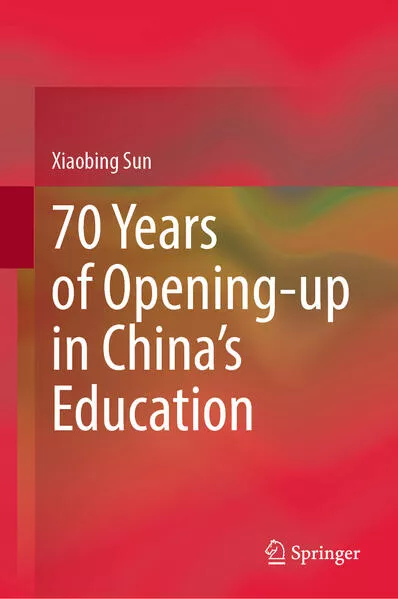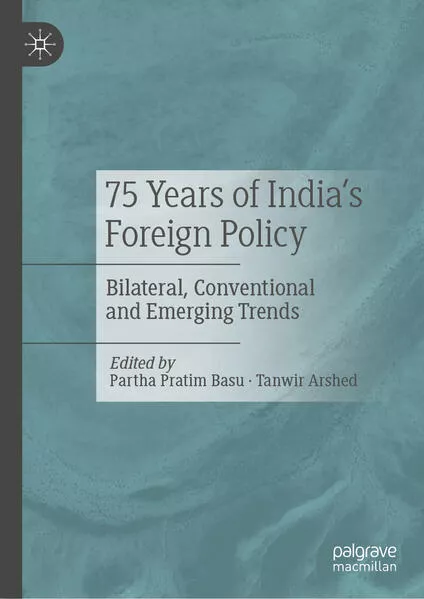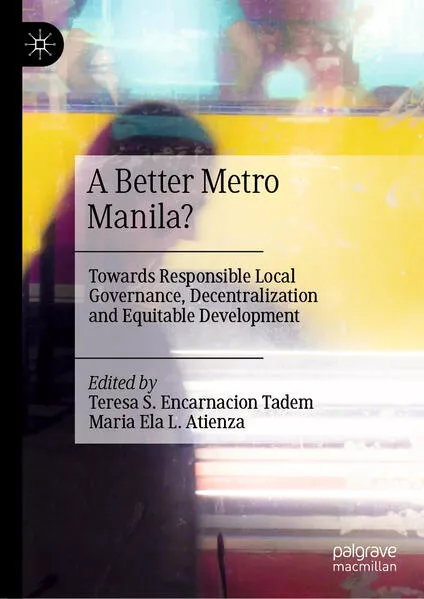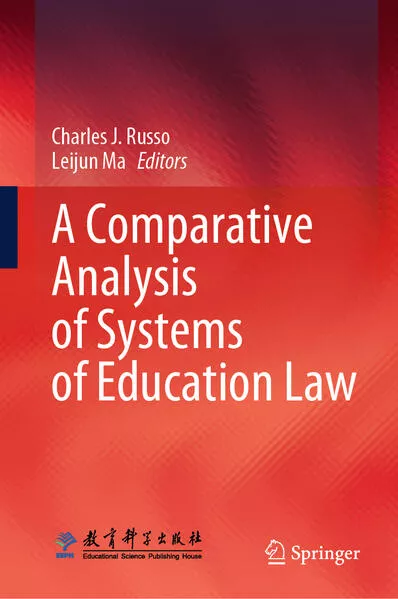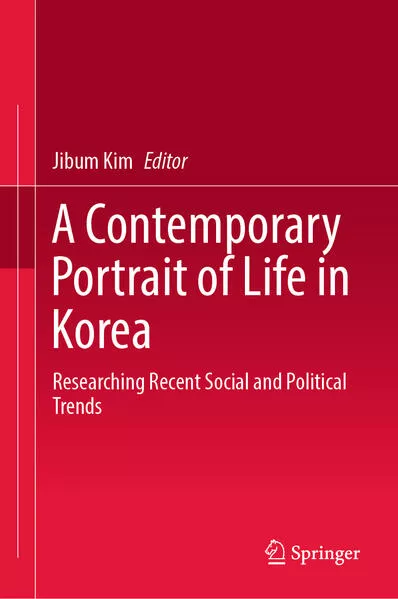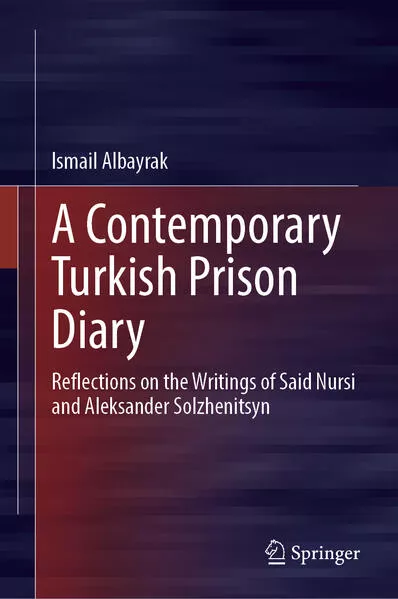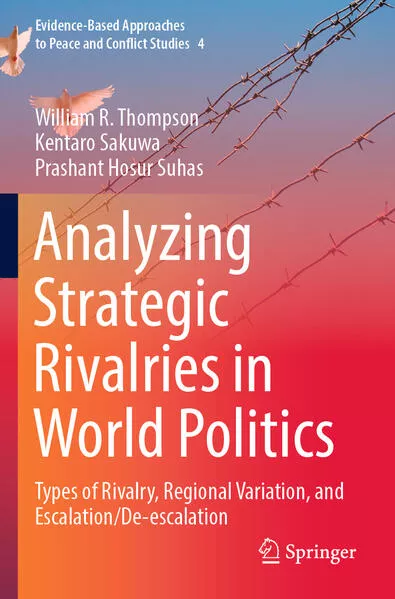
Analyzing Strategic Rivalries in World Politics
Types of Rivalry, Regional Variation, and Escalation/De-escalation
Strategic rivalries are contests between states that view one another as threatening competitors and treat each other as enemies. A disproportionate amount of interstate conflict is generated by a relatively small number of these pairs of states engaged in rivalries that can persist for years. Thus, to understand interstate peace and conflict, it is useful to know how rivalries work in general and more specifically. In the past two decades, a strenuous effort has been mounted to introduce the concept of rivalry and demonstrate its utility in unraveling conflict situations. Yet all rivalries are not exactly alike. We need to move to a more rewarding differentiation of how they differ in general. Principal rivalries are those antagonisms that are most significant to the decision makers in a state. The main distinction on issues about which rivals dispute are positional and spatial concerns. Positional rivalries contend over regional and global influence. Spatial rivals contend over which state deserves to control disputed territory. Interventionary rivalries predominate in sub-Saharan Africa. Their primary focus involves neighboring states attempting to influence who rules and how co-ethnics are treated.
This book updates the inventory of strategic rivalries from 1816 to 2020. Principal rivalries are identified for the first time and cover the same period. A theory stressing the two main types of rivalry (positional and spatial) is elaborated and tested. Regional variations on the origins and terminations of spatial rivalry are explored and interpreted. In addition, attention is paid to fluctuations in the intensity of positional rivalries by examining the working of the contemporary major power triangle (United States, Soviet Union/Russia, and China) and, more generally, the dynamics of regional power that are rising in terms of their relative capability and status in the system. Variations in cooperation and termination dynamics both in general andaccording to rivalry type are also examined. Overall, the emphases of the book are split between demonstrating the utility of distinguishing among rivalry types and examining selected rivalry dynamics.
Unterstütze den lokalen Buchhandel
Nutze die PLZ-Suche um einen Buchhändler in Deiner Nähe zu finden.
Bestelle dieses Buch im Internet
| Veröffentlichung: | 22.11.2022 |
| Höhe/Breite/Gewicht | H 23,5 cm / B 15,5 cm / - |
| Seiten | 291 |
| Art des Mediums | Buch [Taschenbuch] |
| Preis DE | EUR 96.29 |
| Preis AT | EUR 98.99 |
| Reihe | Evidence-Based Approaches to Peace and Conflict Studies 4 |
| ISBN-13 | 978-9-811-66673-5 |
| ISBN-10 | 9811666733 |
Über den Autor
William R. Thompson is Distinguished Professor and Rogers Chair of Political Science Emeritus at Indiana University and Editor-in-chief of the Oxford Research Encyclopedia of Politics. He is a former President of the International Studies Association and twice Editor-in-Chief of International Studies Quarterly. Recent books include The Oxford Encyclopedia of Empirical International Relations Theory (editor, 2018); Racing to the Top: How Energy Fuels Systemic Leadership in World Politics (co-author, 2019), Shocks and Rivalries in the Middle East and North Africa (co-editor, 2020); Power Concentration in World Politics: The Political Economy of Systemic Leadership, Growth and Conflict (2020); American Global Pre-eminence: The Development and Erosion of Systemic Leadership (2021), and Climate Change in the Middle East & North Africa From Pre-History to the Present: 15,000 Years of Crises, Setbacks, and Adaptation (co-author, 2021).
Kentaro Sakuwa is an associate professor of international politics at the School of International Politics, Economics, and Communication (SIPEC), Aoyama Gakuin University in Tokyo, Japan. He received a Ph.D. in political science from Indiana University, Bloomington in 2015. Prior to joining SIPEC as an assistant professor in April 2017, he was a visiting assistant professor at Valparaiso University in Indiana, USA.
His research focuses on the causes of conflict and peace, especially from the regional, spatial, and network perspectives. Key research questions include why some regions are more peaceful than others, how regime type and international peace coevolve, and how rivalries transform into peaceful relationships.
Diesen Artikel teilen
0 Kommentar zu diesem Buch
.... weitere Publikationen von Springer Singapore
WORDS TO THINK. OR TO SING. (English Edition) - An award-winning book of accessible, poetic pop lyric fragments in the making. (Poetische, gut zugängliche, englische Sprache)
Bewerbungsfrist bis zum: 29.12.2025



